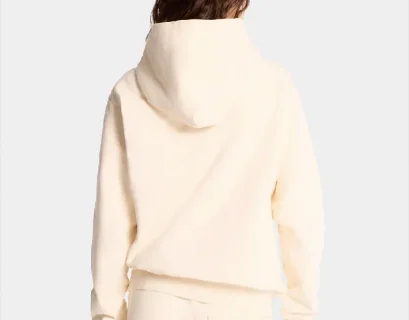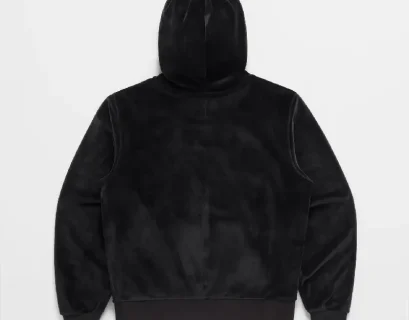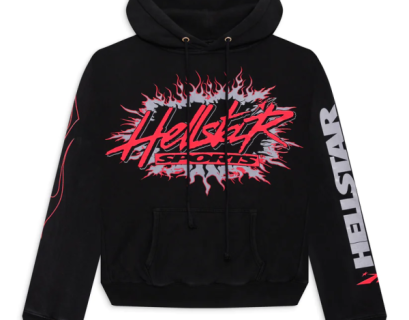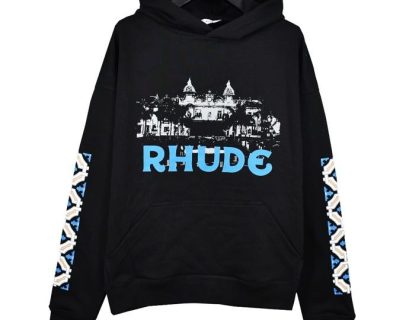War has always been a defining feature of human history, shaping civilizations borders, and cultures. Amid the strategies and weapons of war, one element often https://whodecideswars.com/ overlooked is the clothing worn by soldiers. War clothing—or military uniforms—play a critical role, not just in terms of practicality but also in boosting morale, distinguishing friend from foe, and conveying power. However, deciding what soldiers wear on the battlefield is far from straightforward. This decision lies at the intersection of practicality, technology, tradition, and politics. But who exactly decides what soldiers wear to war?
In this article, we’ll explore the intricate web of individuals, institutions, and factors that influence the design, production, and implementation of military uniforms.
1. The Historical Evolution of War Clothing
To understand who decides war clothing, it is crucial to consider its evolution. In ancient times, soldiers often wore clothing and armor that reflected the materials and technology available in their region. The Greek hoplites, for instance, wore bronze armor and linen tunics, while Roman legionaries donned lorica segmentata for protection. These choices were often made by military leaders or rulers, guided by local traditions, resources, and knowledge of enemy tactics.
As warfare evolved during the medieval and early modern periods, armor gave way to more practical clothing. By the 18th and 19th centuries, uniforms became standardized, reflecting the rise of nation-states and professional armies. The bright colors and distinctive designs of the Napoleonic era were chosen by monarchs, generals, and military advisors to signify national pride and make identification on the chaotic battlefield easier.
In each era, the decision-makers were influenced by a combination of factors: availability of materials, technological advancements, and the needs of the battlefield.
2. Modern Military Uniform Design: Who Decides?
In contemporary times, the decision-making process behind military uniforms is more complex. It involves a range of stakeholders, including:
a. Military Leadership
High-ranking officers and military planners are often central to decisions about war clothing. They provide insights into what soldiers need based on operational requirements. For example, they might emphasize durability, mobility, or camouflage capabilities depending on the terrain and expected conditions.
b. Defense Ministries and Governments
In many countries, the final decision on military uniforms rests with the Ministry of Defense or equivalent governmental bodies. These institutions ensure that the uniforms align with broader national strategies and defense policies. They also oversee budgets, ensuring cost-effectiveness in uniform production.
c. Designers and Engineers
Modern military uniforms are not just fabric and thread—they are technological marvels. Designers work alongside material scientists and engineers to create clothing that is lightweight, durable, and resistant to environmental extremes. Companies specializing in military gear often collaborate with governments to test and refine their designs.
d. Soldiers Themselves
Feedback from soldiers is invaluable in deciding war clothing. Those who wear the uniforms in real-world conditions can provide insights into their comfort, functionality, and effectiveness. For instance, after the initial deployment of the U.S. Army’s Universal Camouflage Pattern (UCP), soldiers reported it was ineffective in many terrains, leading to its eventual replacement.
3. Factors Influencing War Clothing Decisions
Several factors influence the decision-making process:
a. Functionality
First and foremost, military uniforms must meet the demands of the battlefield. This includes protection against the elements, ease of movement, and the ability to carry equipment. In modern conflicts, uniforms may also incorporate body armor and chemical or biological protection.
b. Camouflage
Camouflage is a key consideration in modern warfare. The choice of patterns and colors depends on the expected environment—deserts, forests, urban areas, or snow-covered terrain. The development of MultiCam, for instance, was driven by the need for a versatile pattern that could perform well in multiple environments.
c. National Identity
Military uniforms are symbols of national pride and identity. Decisions about their design often reflect cultural values and historical traditions. For example, the ceremonial uniforms of the British Army still feature elements from the Napoleonic Wars.
d. Budget
Cost is a significant factor. Governments must balance the need for high-quality, high-tech uniforms with budgetary constraints. This often involves finding compromises between the ideal and the affordable.
e. Geopolitical Factors
In some cases, alliances and geopolitical considerations play a role. For example, countries that are part of NATO often adopt similar standards for interoperability, which can influence uniform designs and materials.
4. The Role of Technology in Shaping Military Uniforms
Advancements in technology have revolutionized war clothing. In the past, uniforms were made from wool, cotton, or linen. Today, synthetic fibers like Kevlar, Nomex, and Gore-Tex are common, offering superior protection and performance.
Modern uniforms may also include integrated electronic systems, such as communication devices or sensors that monitor vital signs. The development of such high-tech clothing is driven by collaboration between defense contractors, universities, and research institutions.
One example of cutting-edge military clothing is the TALOS (Tactical Assault Light Operator Suit), developed by the U.S. military. While still in the prototype stage, TALOS represents the future of military uniforms—combining exoskeleton technology, advanced materials, and integrated systems.
5. The Influence of Private Companies
Private companies play a significant role in designing and manufacturing military uniforms. Firms like Crye Precision, which developed the MultiCam pattern, and DuPont, known for its Kevlar fiber, are industry leaders. These companies often work closely with governments to create uniforms that meet specific requirements.
The involvement of private companies introduces an economic dimension to the decision-making process. Governments must carefully negotiate contracts to ensure they receive high-quality products at reasonable prices. Additionally, the competition between companies can drive innovation, leading to better uniforms.
6. Challenges in Deciding War Clothing
Deciding war clothing is not without its challenges:
a. Balancing Tradition and Modernity
While functionality is paramount, many militaries also want to preserve elements of tradition. Balancing these priorities can be challenging, especially for ceremonial uniforms.
b. Addressing Diverse Needs
Modern militaries are diverse, with personnel of different genders, body types, and cultural backgrounds. Designing uniforms that accommodate this diversity while maintaining uniformity is a complex task.
c. Rapidly Changing Battlefields
The nature of warfare is changing rapidly, with new threats like cyberattacks and drones. Military uniforms must evolve to meet these challenges, but developing and deploying new designs takes time.
d. Environmental Impact
The production of military uniforms has environmental implications. Governments and companies are increasingly looking for sustainable materials and practices, but these can be costly and difficult to implement on a large scale.













